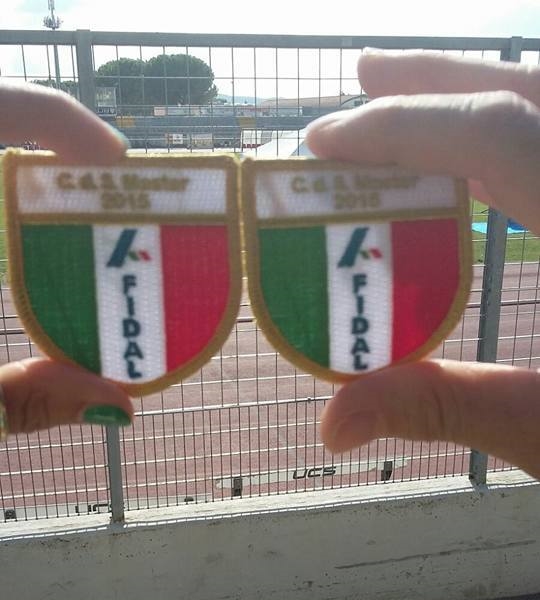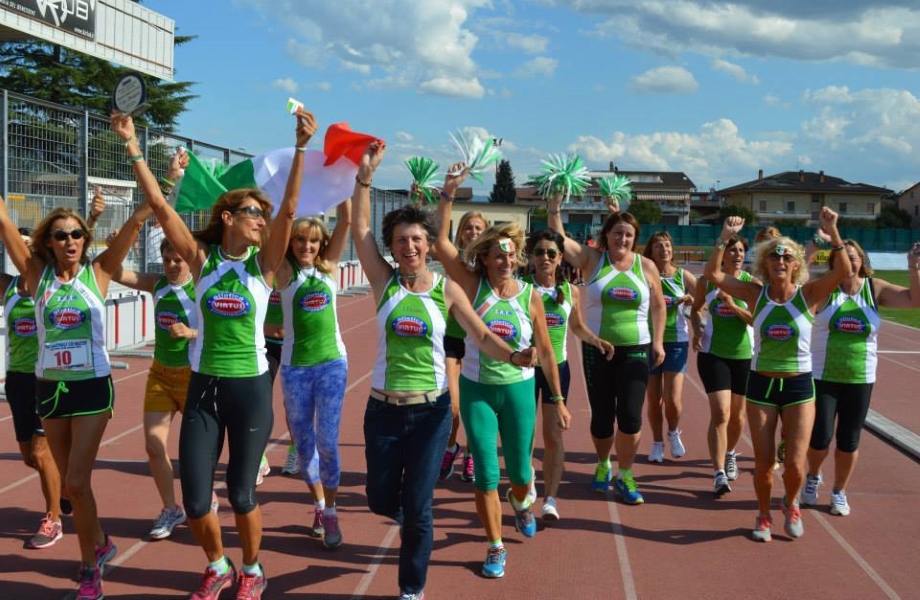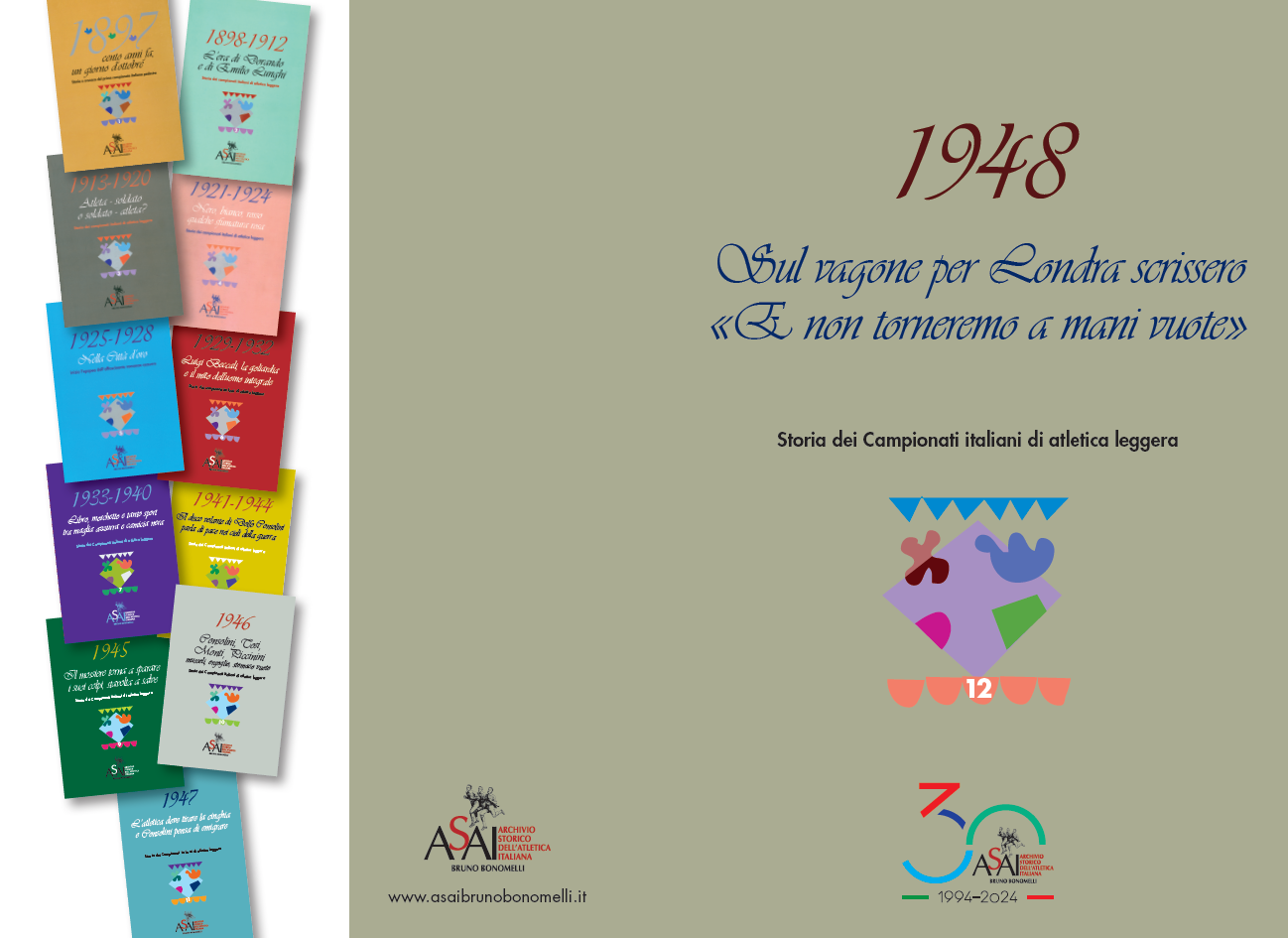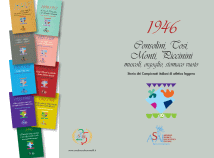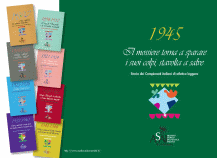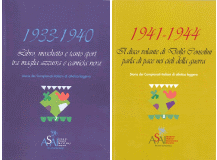Marco Martini ci ha preparato un nuovo interessante capitolo che contribuirà ad accrescere la nostra conoscenza dell'atletica, con un accostamento, frequente in questi suoi "pezzi" storici, di campioni italiani e di Oltre Oceano, statunitensi soprattutto. Il "risvolto" italiano è sempre il nostro obiettivo primario, che ci consente comunque di spaziare su altri mondi atletici. Marco ha puntato la sua lente di ingrandimento sui confronti fra un discobolo americano, Bob Fitch, e i nostri grandi Adolfo Consolini e Beppe Tosi. Stiamo parlando degli anni 1946 e 1947. Cosa successe in quel biennio ve lo lasciamo scoprire nell'articolo, anzi negli articoli - in italiano e in inglese - che pubblicheremo nei prossimi giorni. Oggi la prima parte di un "collage" dedicato alla figura singolare di questo atleta statunitense.
La curiosità ci ha spinto a conoscere qualcosa di più della vita di Bob Fitch e così ci siamo messi alla ricerca attraverso quegli strumenti che la tecnologia ci mette oggi a disposizione, "tartufando" specialmente nei siti delle Università americane, vere e proprie miniere di informazioni.
Sulla vita di Fitch facciamo riferimento a quanto pubblicato da Wikipedia, che ci pare il ritratto più completo dopo averlo confrontato con altri. È doveroso ringraziare e citare la fonte dell'articolo che segue.

Born in Audubon, Iowa, Fitch was the son of a veterinarian and spent the first ten years of his life in Audubon before moving with his family to Minneapolis. He went on to study at the University of Minnesota. He was part of the college football team as an end for the Minnesota Golden Gophers at a time when the team ranked first in the nation and overseen by coach Bernie Bierman. Greater success came in the discus throw with the track and field team. He won the NCAA Championship title in 1942 – Minnesota's first such champion. He also won the AAU national championship meet that year. After graduating college, he was drafted in the seventh round of the 1942 NFL Draft by the Washington Redskins, but chose not to pursue professional football.
After graduating he worked for the United States Coast Guard for several years before returning to education at Minnesota, starting a master's degree in physiology. It was in this second stint at the university that his discus throwing reached its peak. Under the guidance of Jim Kelly, Minnesota's track coach, he began experimenting with technique to find a better way of throwing the discus. Kelly credited Fitch with inventing a method of throwing called the "Minnesota Whip", which is now the accepted style worldwide. This was a development for the sport, which frequently still had rough earth in throwing circles. It was Fitch that mastered the technique first – on June 8, 1946 he threw a discus throw world record of 54.93 m (180 ft 2 3⁄4 in), bettering the mark of Adolfo Consolini by seventy centimeters. He secured the United States discus title for a second time that year.
Gordien went on to follow in Fitch's footsteps by winning the NCAA title, and had three straight wins at the competition from 1946 to 1948. Fitch was unable to start international competition – amateur athletes were self-funded at the time and he needed a job to live – but Gordien went on to win the Pan American Games title in 1955 and two Olympic Games medals in 1948 and 1956.The younger Gordien became the more decorated of the two, winning seven national titles between 1947 and 1954, and broke the world record on four occasions, his best being 59.28 m (194 ft 53⁄4 in) in 1953.
Working with Gordien while continuing his studies, Fitch produced his masters thesis Mechanical analysis of the discus throw in 1951. He also served as an assistant college football coach for Indiana University. He asked the Indiana athletic director if he could stop coaching to focus on his doctoral studies. The director instead offered him a position to reorganise the school's golf course, which was becoming a financial drain. Fitch accepted the position, becoming the Indiana Hoosiers head coach for golf in the process.
As the head of Hoosiers golf, he transformed both the team and turned the course into a profitable venture. He led the Hoosiers to the Big Ten Conference runner-up spot in 1958 and they won the title for the first time in 1962, then again in 1968. The team topped the Big 10 championships four times in the 1970s. On top of his six conference titles, he also led the Hoosiers to the runner-up spot ten times between 1958 and 1984. He took the previously undecorated Hoosiers into NCAA Division I Men's Golf Championships competition on twelve occasions, with the team's best placing being sixth in 1974. Despite strong results in sporting achievements, Fitch emphasised academics first and foremost for student-athletes. His charges remembered Fitch pushing them hard both physically and academically, in the style of his previous coach Bernie Bierman. After his retirement in 1989, Fitch later reflected "I'm mighty proud that for 10 straight years my golf team led all athletic teams on campus in grade-point average and only three players didn't graduate in the 34 years I coached golf".His 32 years as Hoosiers golf head coach made him the longest-tenured coach in Indiana University history.
Nella sua biografia sul sito della Minnesota University si legge:"Fitch was an innovator in golf as well. In the 1960s, he developed “The Coach”, to help his players develop a solid, powerful, and repeatable swing. Newer versions of The Coach continue to be used as a golf training aid. Fitch has been inducted into the Golf Coaches Association of America Hall of Fame, the Iowa Sports Hall of Fame and is a charter member of St. Louis Park High School’s Athletic Hall of Fame".
Si spense il 5 aprile 2003, a Bloomington, Indiana, aveva 83 anni.
Il giorno del suo funerale molti vollero ricodare la sua personalità. Phil White, capitano dell'Indiana Hoosier Golf Team, descrisse the "Bear" con queste parole:"...a terrific individual and extremely hard worker.The one thing about Coach is that he always had priorities straight: academics first, athletics second. There was not a nicer and more caring individual than Coach. He gave us all jobs at the golf course, but he was always there more than us combined. He was there before sun-up and there long after sun-down. I have the highest admiration of Coach. He was a great coach, a great counselor, and a great man. The term 'student-athlete' meant just that--a student first and an athlete second. I learned much more at Indiana University than merely marketing, my major. Coach Fitch impressed upon the team life's most important values: Honesty, Integrity, and Honor, all vitally important".
Questo è l'uomo che si misurò qualche volta con due italiani, giganti-gentiluomini, Adolfo Consolini e Beppone Tosi, che applicavano nella loro vita gli stessi valori: onestà, integrità e onore.
(segue)



